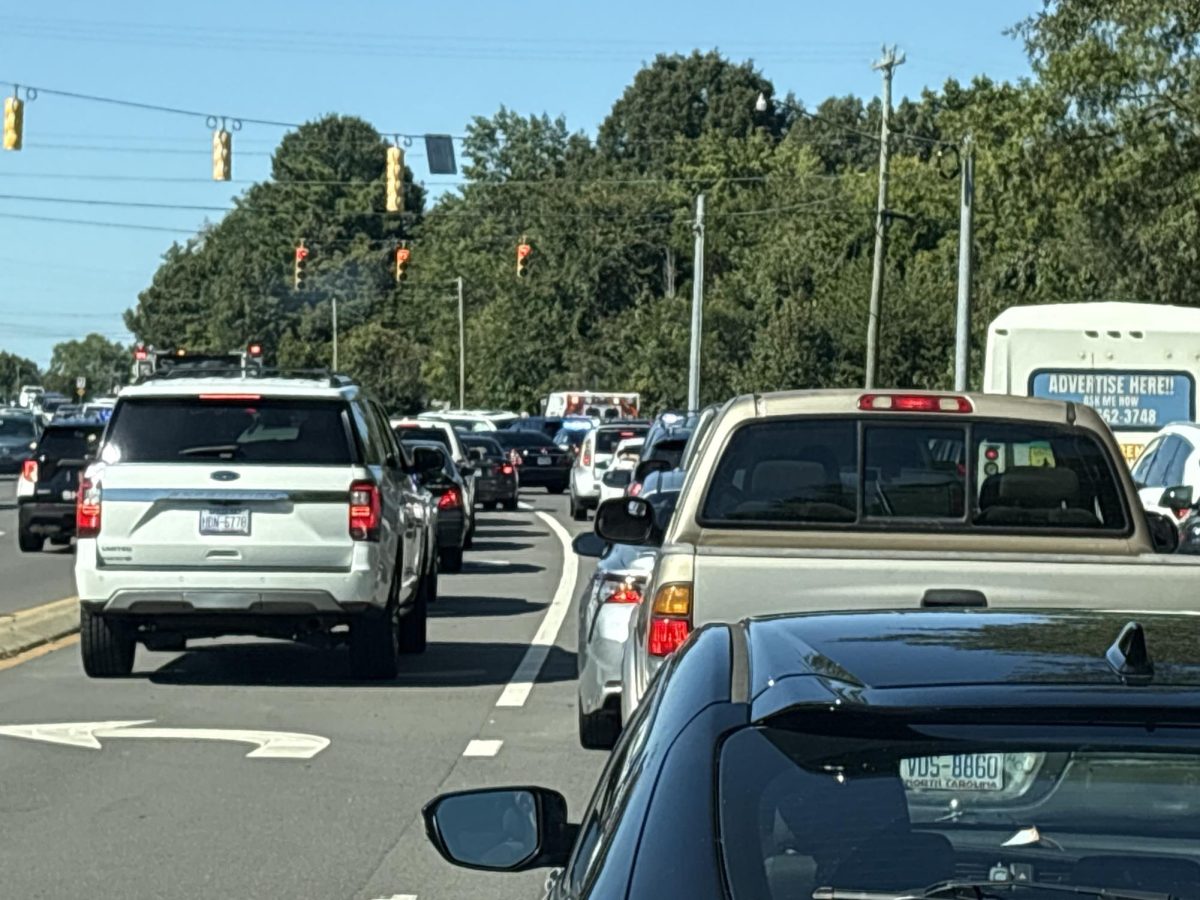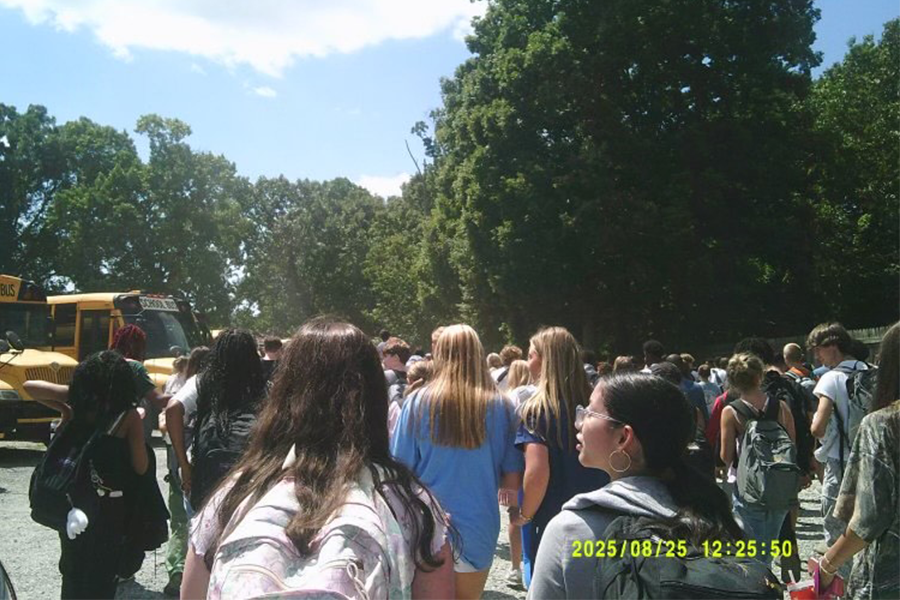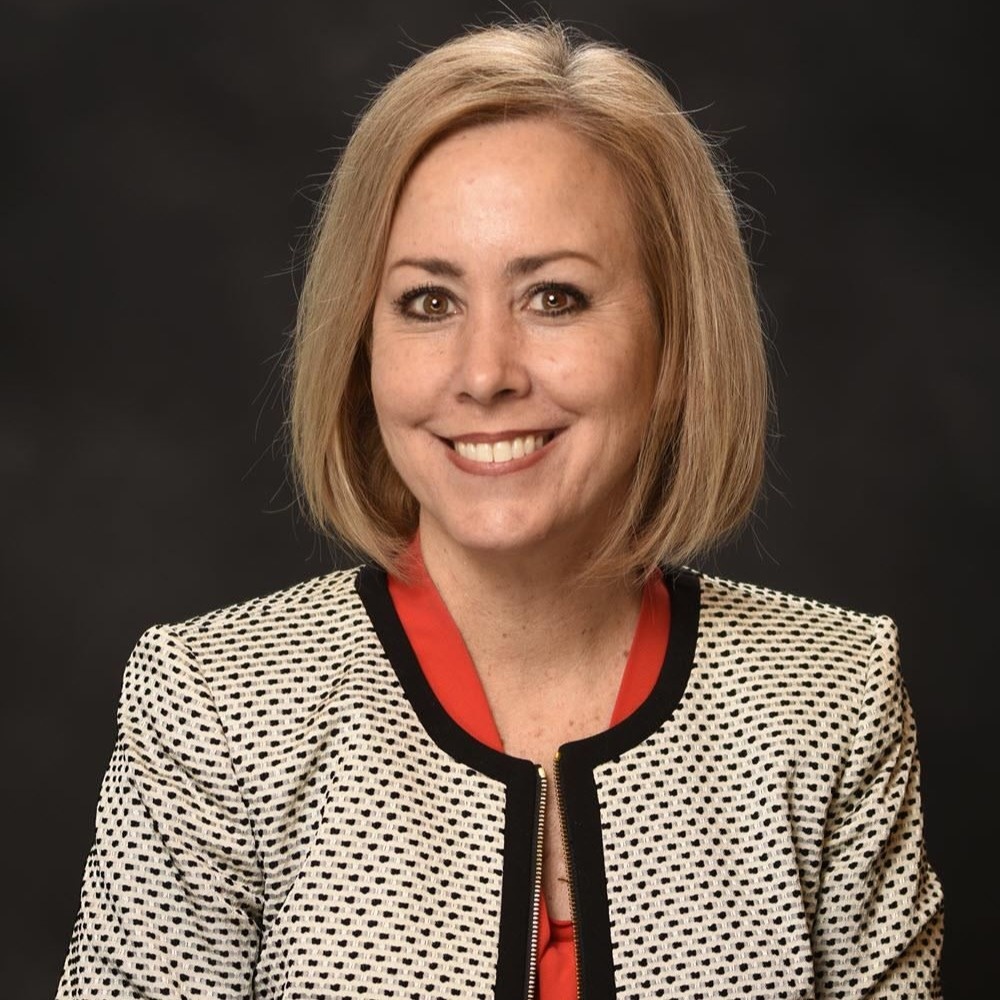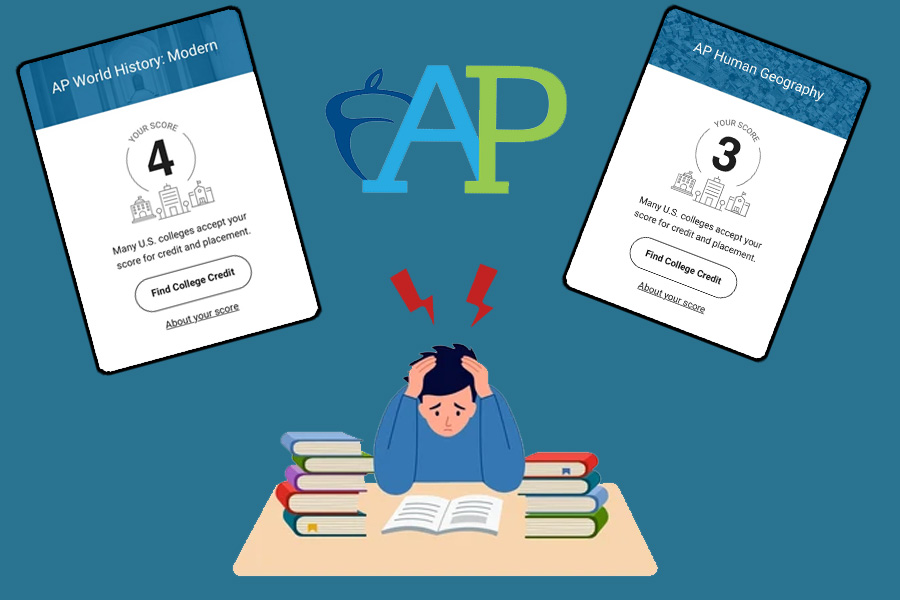As time goes on, towns change; new roads, communities and people have filled up Clemmons and Lewisville with both ethnic and economic diversity over the past 30 years. That is why WS/FCS is planning on rezoning the boundaries of schools across the district in an effort to increase the economic diversity of schools and increase opportunities for lower income families.
“Changing residential boundaries is inevitable. You can’t go 30 years and not change boundaries when you’ve had new developments [and] created new roads. It is just part of a process that should have already happened,” Superintendent Tricia McManus said in an interview with WXII 12.
The district is currently collecting opinions on three proposed zoning maps. Each of the maps are focused on increasing socioeconomic diversity (SES), decreasing travel times and reducing split feeder systems across the district. These priorities are not equally handled by each map, with certain goals being focused on more heavily by each of the different proposed maps.
Map A provides each school zone with the maximum amount of SES diversity increase, seeing an overall increase of 19.48%, but increases the number of split feeder patterns by 67.
Map B decreases feeder pattern split by 7 across the district, but only increases SES by 8.74%.
Map C will decrease average travel distance for students by .88 miles, but only increases SES by 5.25%.
West Forsyth currently has 16.31% of its population from lower SES families. Under Map A it would increase to 25.15%, whereas Maps B and C would decrease diversity to 15.02% and 15.83% respectively.
“Socioeconomic diversity is important, but that’s not the only reason we’re doing it. We’re also very focused on modernizing our boundaries [and] trying to meet a state mandate that we have efficient transportation routes,” Choice and Magnet Schools executive director Frank Pantano said in an interview with WS/FCS reporter Jake Browning.
These maps are currently open for feedback. Those living within the district are being encouraged to voice their thoughts on the proposed options so that the best possible outcome can be reached for all schools and communities.
“I [would] hate to see people have to go to a different school about 30 minutes away instead of 15. Almost all the families in our neighborhood bought their home based on the zone for us to go to West,” junior Taylor Alderman said.
Whether a student, faculty member or a local resident, your opinions will be much appreciated. To submit feedback, or to see the maps themselves, go to https://maps.wsfcsvoices.org/. For more information, visit the WSFCS main website.






















